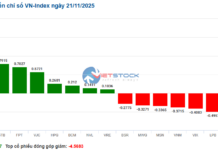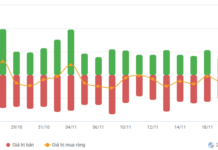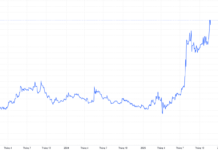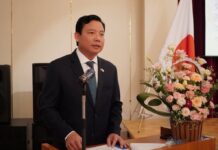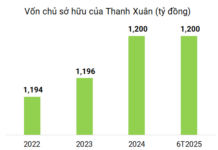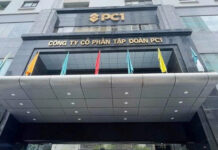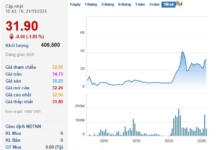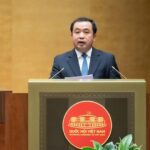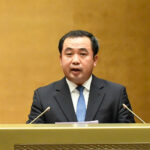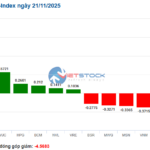On November 19th, the National Assembly held group discussions on a draft resolution outlining mechanisms and policies to address challenges in implementing the Land Law. Many delegates expressed concerns about land pricing, land use conversion fees, and the addition of cases where the state can reclaim land.
Tax Calculation Upon Purchase and Sale
During the Ho Chi Minh City group discussion, Delegate Nguyen Van Loi, Head of the Ho Chi Minh City National Assembly Delegation, highlighted a significant issue regarding land use conversion fees. He argued that most land owned by citizens is inherited from ancestors and has been passed down through generations. However, when converting land use purposes, citizens are required to pay exorbitant fees, akin to “repurchasing their own land.” He proposed that residential land should only be subject to state-framed conversion fees, not market rates. “Taxes should only be levied when land is bought or sold. Where will citizens find the funds to pay such high fees?” Delegate Loi questioned.
Delegate Nguyen Van Loi suggested that the resolution should aim to facilitate citizens, particularly those with residential land as defined by the state. He even proposed waiving these fees. “The amount isn’t significant. Taxes should only be collected when the land enters the market,” he stated.
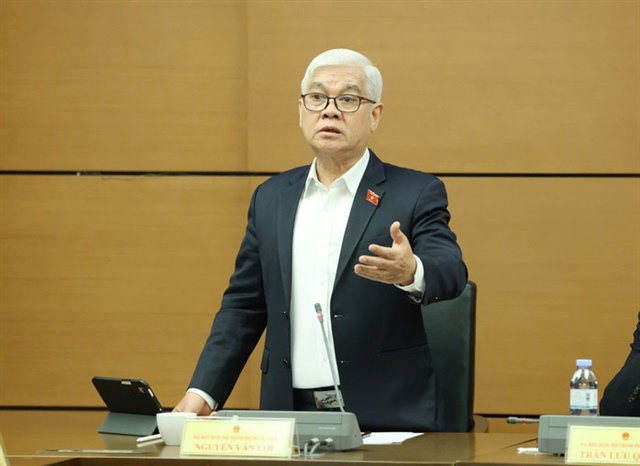
Delegate Nguyen Van Loi, Head of the Ho Chi Minh City National Assembly Delegation, speaking at the group discussion on November 19th. Photo: VAN DUAN |
Echoing this sentiment, Delegate Nguyen Thanh Sang criticized the “market-based” land pricing principle as unsuitable. He cited examples where agricultural land, previously without transactions, required citizens to pay up to 10 million VND/m² when converting to residential use. “Rural citizens cannot afford hundreds of millions for 100 m² of ancestral land. A reasonable calculation is necessary,” Sang emphasized.
Delegate Le Thanh Phong, Chief Judge of the Ho Chi Minh City People’s Court, also pointed out issues with market-based pricing for land use conversion. He noted that during market surges, the state imposes high fees, burdening citizens with amounts far exceeding actual value. “Does the state reduce fees when the market declines?” he asked. Phong advocated for policies tailored to specific projects and localities.
Low Implementation Feasibility
The draft resolution adds three cases for state land reclamation to support national and public interests, beyond the 31 cases in the current Land Law. These include: reclaiming land for free trade zones and international financial centers; reclaiming land for projects with over 75% agreement on land use rights or expired agreements; and reclaiming land for build-transfer (BT) contracts or lease extensions for continued production and business.
Notably, Article 3, Clause 3(a) states that the state can reclaim land if over 75% of land users agree before compensation and resettlement plans are approved.
Chief Justice Nguyen Van Quang (Da Nang delegation) expressed concern that this provision would be difficult to enforce. “Citizens are unlikely to surrender land without knowing compensation details. They need to understand their rights before agreeing,” he noted.
Delegate Nguyen Thi Yen (Ho Chi Minh City delegation) questioned the “75% area and 75% people” criterion. She illustrated: In a 100 ha project, 75 households might agree, but the remaining 25 could hold over 50% of the area. She proposed amending it to “one of two conditions” (either 75% area or 75% people). For the remaining 25%, clear resettlement and compensation, equal to or higher than developer offers, should be ensured.
Regarding residential land conversion fees, Delegate Hoang Van Cuong (Hanoi delegation) noted that many long-term landowners lack certificates due to various reasons. When first certified, they face 100% fees, far exceeding their means. In contrast, those converting agricultural or adjacent residential land pay 30% within limits, 50% for excess, and 100% beyond double the limit. Cuong proposed applying similar rates (30%-50%-100%) for first-time certifications to ensure fairness.
|
Gold Accumulation Should Not Be Taxed On the same day, the National Assembly discussed the amended Personal Income Tax Law. Delegate Pham Van Hoa (Dong Thap) opposed the 0.1% tax on gold transfers, arguing that many buy gold for family savings, not speculation. “Transfers for accumulation should not be taxed,” he said. For speculators, 0.1% is too low; a suitable rate is needed. Delegate Tran Kim Yen (Ho Chi Minh City) also questioned the 0.1% tax, noting that gold is often saved from daily earnings for emergencies. Taxing all transactions would affect those with legitimate needs. For speculators, Yen deemed 0.1% insignificant compared to their profits. Effective market regulation is crucial for stability. |
Van Duan – Minh Chien
– 06:51 20/11/2025
Supreme Court Chief Justice: Land Prices Must Align with Market Trends, Only Rising, Not Falling
Chief Justice of the Supreme People’s Court, Nguyen Van Quang, expressed concern that aligning land prices with market rates would inevitably lead to price increases, stating, “There’s no way to maintain or reduce them.”
Crafting Hyper-Localized Land Valuation Tables: A Thua-Level Approach
The draft resolution by the National Assembly outlines that land price tables will be structured based on land type, area, and location. For regions with digital cadastral maps and land price databases, pricing will be detailed down to individual land plots. Provincial People’s Councils will determine, publish, and implement these land price tables starting January 1, 2026, with provisions for amendments and updates as necessary.

